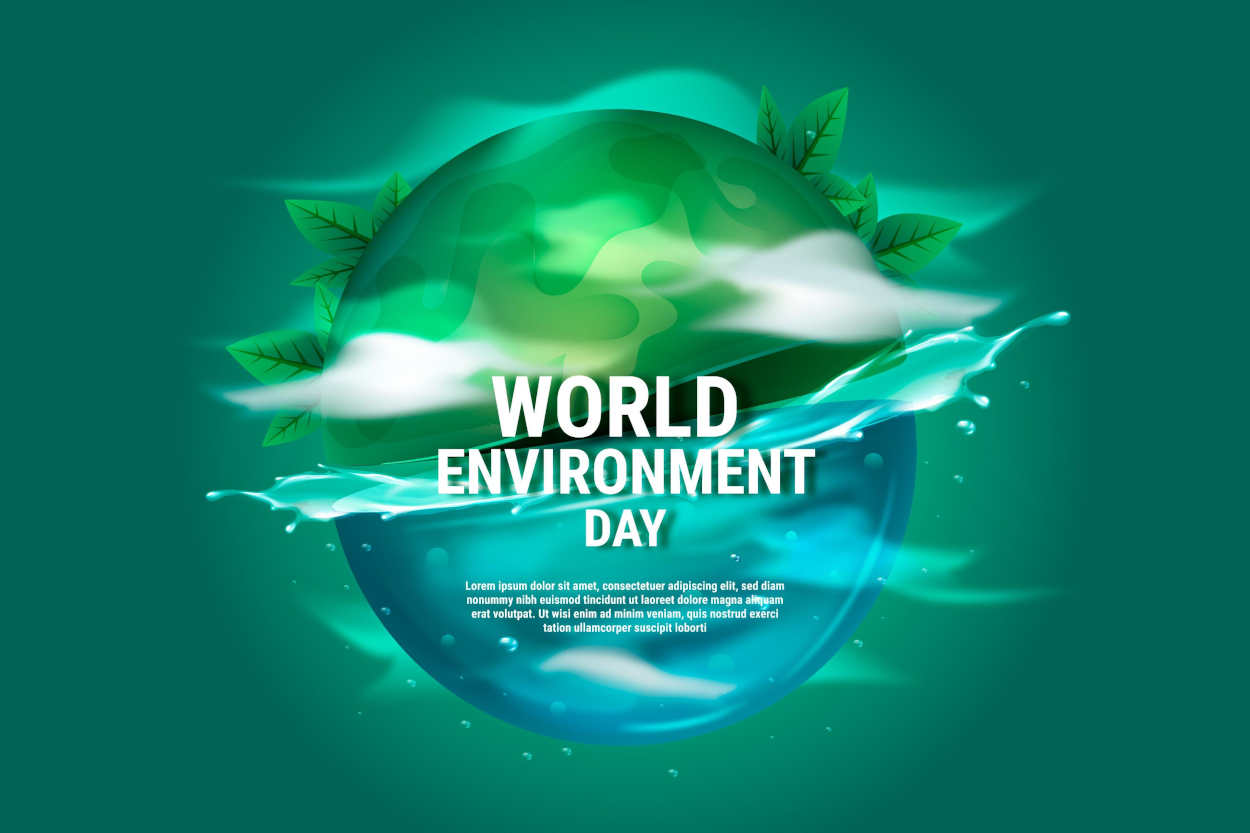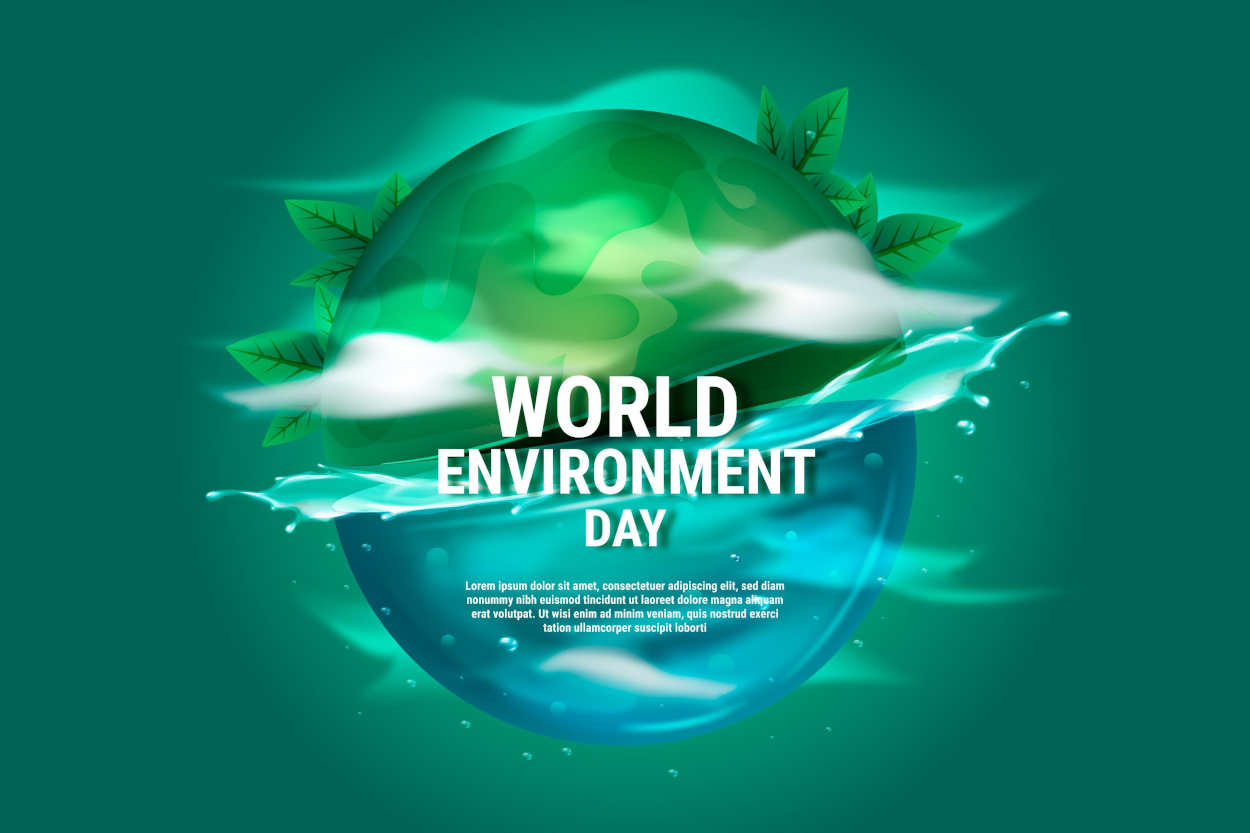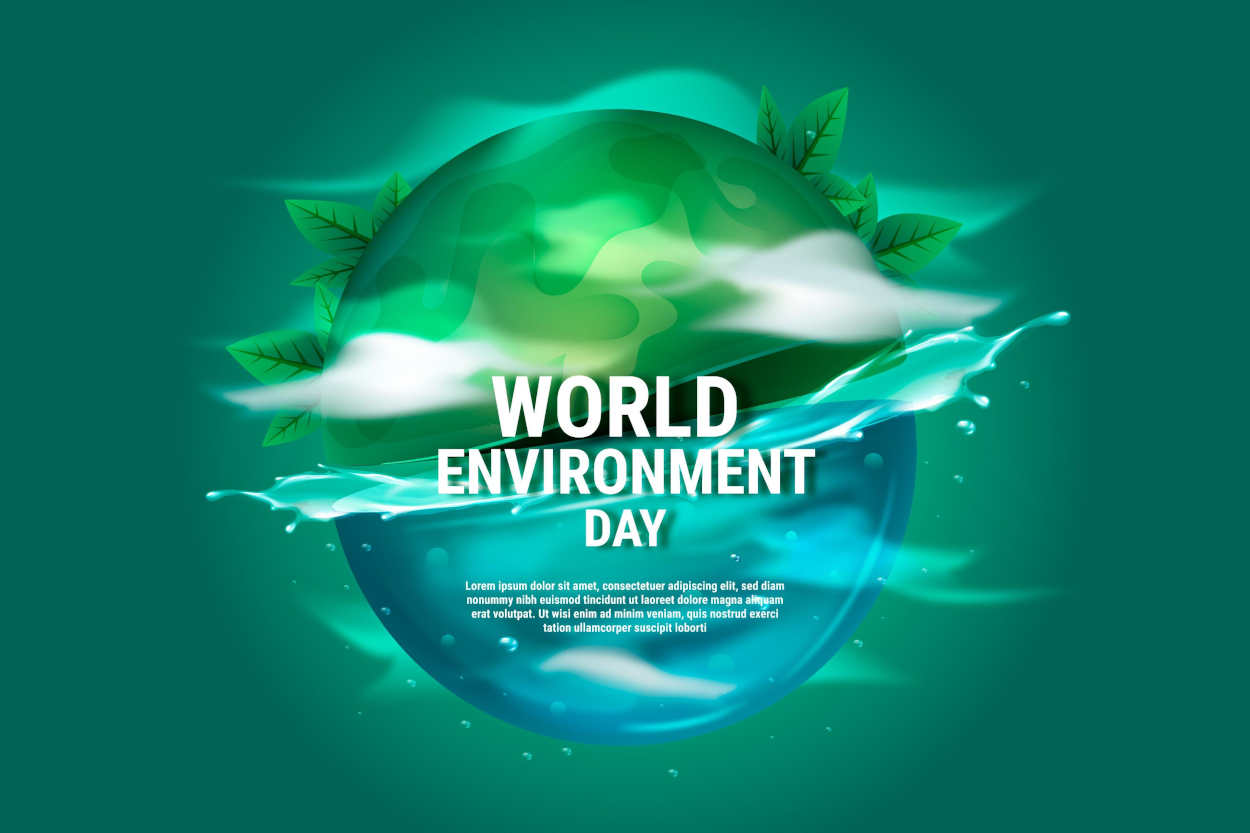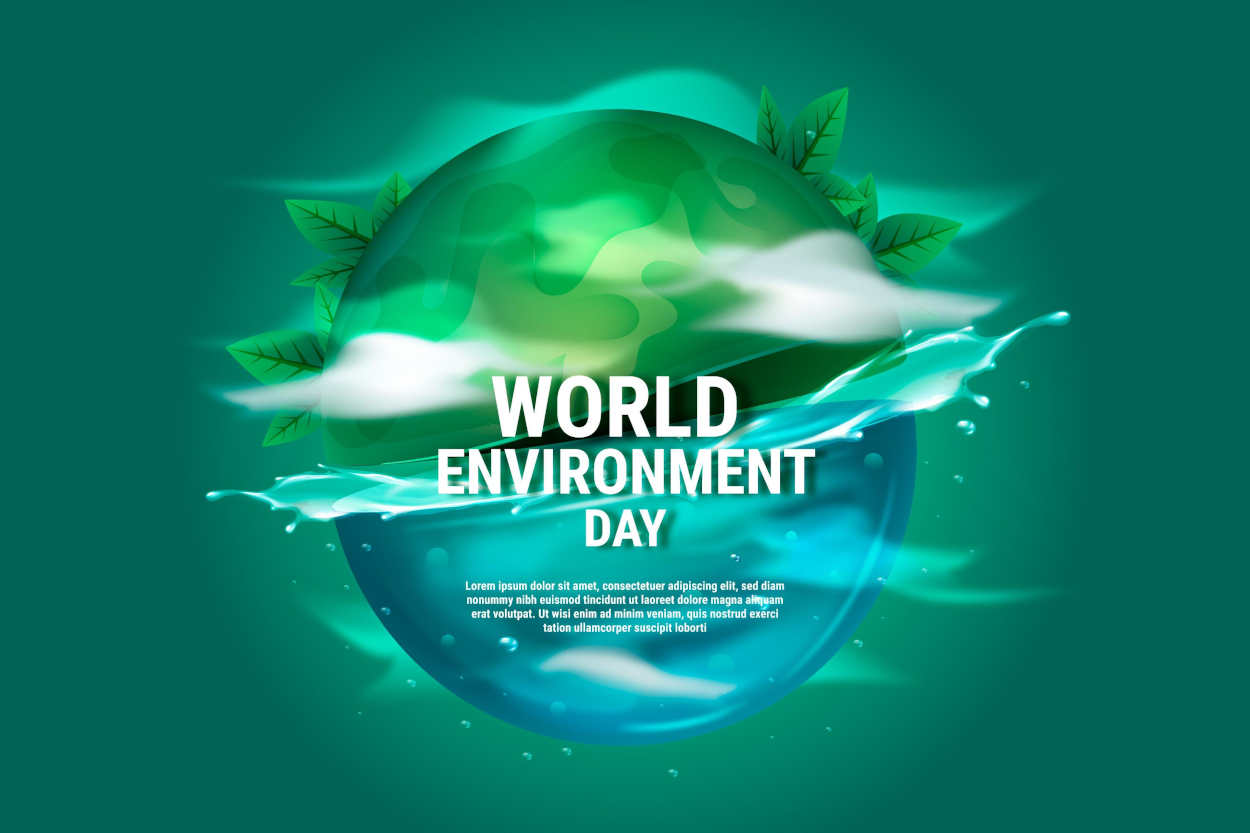
test
Expanding urban areas, growing populations, increasing incomes and changing lifestyles are rapidly increasing the amount of municipal solid waste. To address the emerging waste management issues, the Government of India has launched the Swachh Bharat Mission in 2014 and updated the Solid Waste Management Rules in 2016.
In the wake of these efforts, urban local bodies (ULB), in partnership with non-government organisations, private sector waste processors or self-help groups started setting up material recovery facilities (MRF).
MRFs are centres where dry waste is collected, further separated and sent to recycling facilities ensuring technology set-up and occupational safety. They help to keep waste in the recycling loop, thus helping cities to become waste-free and achieve ambitious objectives of the Swachh Bharat Mission – Urban 2.0.

Currently, there are more than 2,000 MRFs in India and many more facilities are in the process of being set up. The MRFs are designed as an integral part of the waste (resource) ecosystem for collection, weighing, segregation and further processing of dry waste pre-consumer and post-consumer, as well as recovered legacy waste (in some cases).
The MRF design integrates with a share of mixed and sanitary waste (expected with the dry waste) as well.
For most ULBs, the question is how efficiently the MRFs work and how their performance can be improved. The solution lies in Pearson’s Law, which states “what is measured, improves. That which is measured and reported improves exponentially”.




